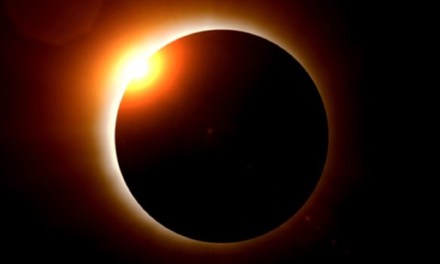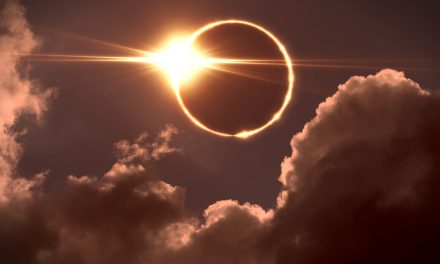The alignment will take place in the first week of June as the planets line up in a rare cosmic event.
- Planetary alignment is a term used to describe the positioning of planets
- The Moon will play a spoilsport
- Mercury, and Jupiter will be tricky to see in the sky
Weeks after the total solar eclipse amazed people in several parts of the world, stargazers will be treated to a rare alignment of six planets gracing the early morning skies.
The alignment will take place in the first week of June as the planets line up in a rare cosmic event.
Planetary alignment is a term used to describe the positioning of planets in the solar system such that they appear to be in a straight line or close to one when viewed from a specific vantage point, for us that’s Earth. This phenomenon is more an illusion of perspective rather than the planets being in a perfect line in space.
This alignment could trigger seismic activity:
A convergence of critical planetary and lunar geometry today will likely result in strong or even major seismic activity in the coming days. Be on extra alert. pic.twitter.com/9iHqM6uG9q
— SSGEOS (@ssgeos) May 22, 2024
WHAT PLANETS WILL ALIGN?
Mercury, Mars, Jupiter, Saturn, Uranus, and Neptune will form a near-straight line, offering an extraordinary opportunity to witness this cosmic phenomenon.
WHICH PLANETS WILL BE VISIBLE?
While six planets align, not all of them will be visible to the naked eye, due to their vast distance from Earth.

Meanwhile, the Moon will also play a spoilsport as it distorts the visibility.
Mercury, and Jupiter will be tricky to see in the sky due to their proximity to the Sun in their orbit. However, Mars and Saturn will be visible to the naked eye, though very dim. Meanwhile, keen observers will need telescopes or high-powered binoculars to spot the distant planets Uranus and Neptune.

The yellowish glow of Saturn at magnitude 1.1 will be the first to appear in the late night hours, shining brightly in the constellation Aquarius. Neptune with a magnitude 7.9 will follow, located in the nearby Pisces constellation but requiring binoculars to discern its faint presence.
As the night progresses, the red-tinted Mars at magnitude 1.0 will rise, also in the Pisces constellation and easily visible without optical aid. Finally, at dawn’s first light, Uranus at magnitude 5.8, Jupiter at magnitude -2.0, and Mercury with magnitude -1.4 will grace the eastern horizon in the constellation Taurus.
While Jupiter will be a brilliant sight, Mercury’s proximity to the Sun may make it challenging to spot with the naked eye.
TIPS TO WATCH RARE ALIGNMENT
Research the date and time of the alignment in advance. Various astronomy websites, apps, and organisations like Nasa or local observatories often provide detailed information about upcoming alignments.
Choose a viewing spot with a clear, unobstructed view of the horizon. High places such as hills or open fields away from city lights are ideal to reduce light pollution and increase visibility.
Clear skies are essential for a good viewing experience. Check the weather forecast to ensure that clouds or bad weather won’t obstruct your view.














